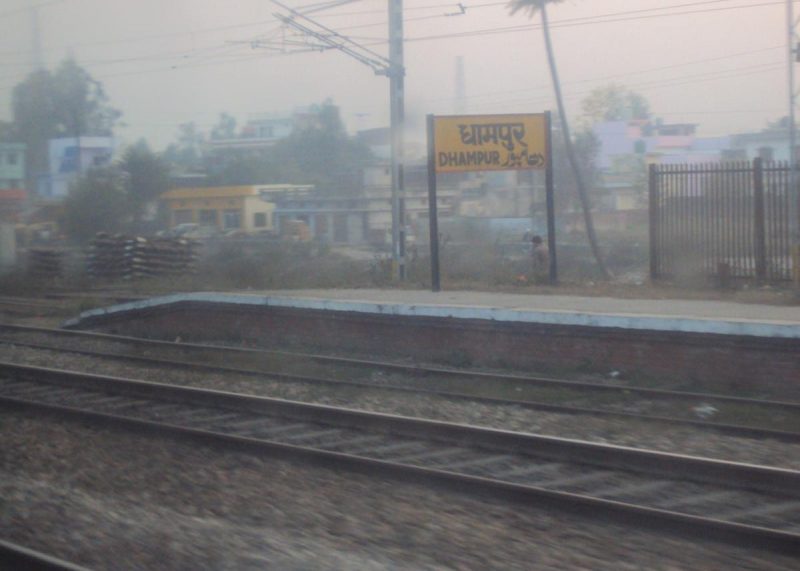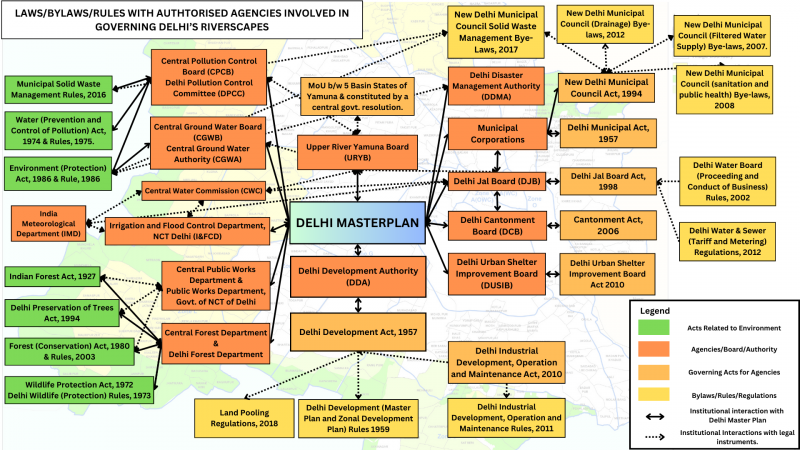
CONTEXT
Four decades ago, I studied the industries of Dhampur, a small town located in the rich agriculture region of western Uttar Pradesh, for my doctoral research. I have revisited Dhampur in early 2024 with the intention of starting a longitudinal study of the same small town, which now has a population about one lakh and an area of 3.87 sq km. I was curious to know: How has the industrial structure of Dhampur town changed over 40 years? How many old industrial units are still functioning? Are there significant numbers of new industrial units? Can the industrial base of a small town be identified as stable, declining, transient or vibrant?
TYPOLOGY
Longitudinal study of the industrial base of any settlement requires a theoretical framework defining broad topologies. The following four typologies that could well represent the trend in the changing industrial structure of any small town like Dhampur can be visualized as:
- Stable: Same industrial units or the same type of industries operating over time even if the units are different.
- Declining: Some old industries close down and not many new come up.
- Transient: Short-lived industries keep coming up and closing down at a fast rate.
- Vibrant: Some old industries close down but several new industries come up responding to the changing market demand.
FINDING
The recent field visits to Dhampur have revealed that there is a major change in the industrial structure of the town, which can be summarized as follows:
- In 1979-80, there were 43 industrial units in Dhampur and their number appears to have increased to 63 in 2024, of which 4 are old industrial units that are still functioning and 59 are newly established units. A large number of industrial units closing down and even a larger number of new units being set up is indeed a phenomenal change in the industrial structure of the town that seems to efficiently respond to the market demand as well as technological changes.
- The net increase in the number of industrial units with the expanding town size in itself is an indicator of vibrancy in the industrial base of Dhampur, even if some industrial units may have been established and closed down during this long span of four decades that we do not have a record of.
- Large numbers of new industrial units being set up and many of these units have been established by new entrepreneurs. This is also indicative of the existence of a strong entrepreneurial class of people in Dhampur that is quick to respond to changing demand for industrial products.
- Notably, the Dhampur Sugar Mill has not only continued to dominate the industrial scene of the town at both points of time, it has expanded significantly with about 16 times increase in its annual cane crushing capacity: from 2.38 lakh tons to in 1979-80 to 39.01 lakh tons in 2022-23.
Therefore, Dhampur can be clearly identified as a small town with a vibrant industrial structure, anchored by a large sugar producing firm, which plays an important role in its economic growth.

